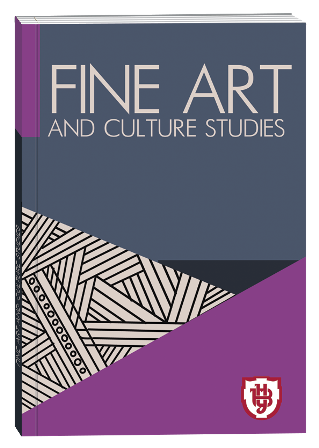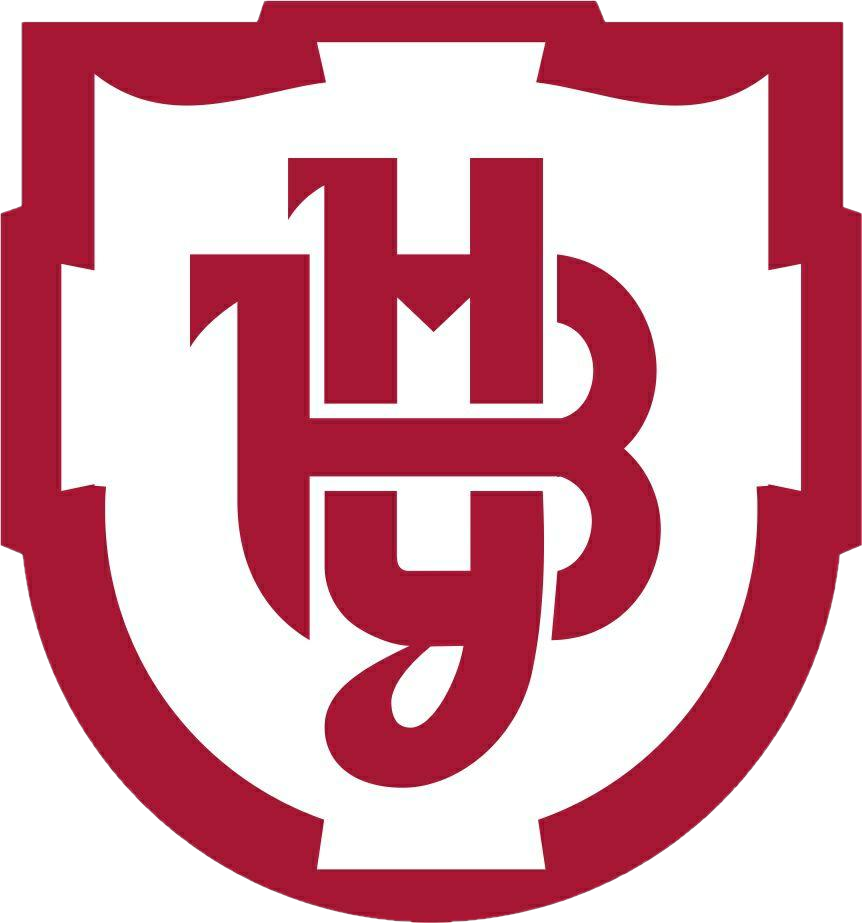THE PARADOX OF DALCROZE’S “RHYTHM”: PHILOSOPHY WITHOUT MUSICAL RHYTHMICS
DOI:
https://doi.org/10.32782/facs-2025-3-1-31Keywords:
musical art, Dalcroze method, musical rhythmics, rhythm theory, eurhythmics, ideological influence on art, performance practiceAbstract
This article is devoted to a critical reassessment of Émile Jaques-Dalcroze’s eurhythmics system, which is unjustifiablyregarded as the foundation of musical rhythmics. The purpose of the study is to reveal the inconsistency between the universalism of the method and its use as a pedagogical program for studying rhythmics. The research methodology isbased on an interdisciplinary approach: philosophical and cultural analysis, working with primary sources, and examining differences in interpretations within musical and theatrical training. The scientific novelty lies in the deconstruction of the myth of “Dalcroze’s musical rhythmics” as a universal theory of rhythm; it is shown how the popularization of the method was accompanied by subjective interpretations and ideological distortions, especially in the context of Socialist Realism. The conclusions emphasize the need to abandon the identification of the Dalcroze system with musical rhythmics in scholarly discourse. It is noted that Dalcroze himself avoided the term “rhythmics,” understandingrhythm not as a musical-theoretical category but as a principle of life movement underlying bodily expressiveness and the artistic act. After the events of 1917, it became widespread as an important ideological tool for the educationof the “new person” in the USSR, was widely promoted through students, and was used as a means of cultural revolutionand the formation of personality in the spirit of socialist ideology. Despite the public resonance of Dalcroze’s method,criticism from cultural figures of the early 20th century points to its ambiguous reception. For instance, S. Volkonsky later noted the system’s excessive abstraction and its detachment from musical practice; I. Duncan criticized the method’s limitations regarding plastic freedom; K. Stanislavsky emphasized the discrepancy between the conceptual framework and the artistic result. These remarks reflect the limited applicability of the method in the further development of musicaland stage arts. The focus of Dalcroze’s concept on the bodily component complicates its stable integration into musical-pedagogical practice, which calls its effectiveness into question due to limitations in rhythm theory.
References
Ніколаї Г. Генеза системи музично-ритмічного виховання Е. Жака-Далькроза та її функціонцвання в Європі. Педагогічні науки: теорія, інноваційні технології. 2009. № 2. С. 361–372.
Самая Т. Особливості музичного метроритму в естрадному вокальному виконавстві. АРТ-платФОРМА. Київ : КМАЕЦМ, 2020. Вип. 2. С. 366–385.
Burns K. Jazz. Episode Two: The Gift [Discs 3–4]. URL: https://www.youtube.com/watch?v=aKvw0BLkpls (дата звернення: 23.06.2025).
Dalcroze: a tool for musicians. URL: https://www.greenwichmusicschool.org.uk/blog/dalcroze-a-tool-for-musicians (дата звернення: 22.06.2025).
Davidson A. Konstantin Stanislavski and Emile Jaques-Dalcroze: Historical and pedagogical connections. Stanislavski Studies. 2021. 9 (2). Pp. 185–203.
Duncan I. Done into Dance: Isadora Duncan in America. Middletown, CT : Wesleyan University Press, 2002. Pp. 112–119.
Griner V. Year at the Émile Jaques-Dalcroze Institute in Hellerau, 1911–1912. F.I.E.R., 1981. Bulletin, 1. Pp. 4–7.
Jaques-Dalcroze É. Le Rythme, la musique et l’éducation. Paris : Fischbache, 1920. 234 р.
Levitz T. In the Footsteps Of Eurydice: Gluck’s Orpheus und Eurydice in Hellerau 1913. URL: https://echo.humspace.ucla.edu/issues/in-the-footsteps-of-eurydice-glucks-orpheus-und-eurydice-in-hellerau-1913/ (дата звернення: 18.06.2025).
McCaw D. The Laban Sourcebook. London; New York : Routledge, 1998. 288 p.
Steiner, R. Eurythmy as Visible Speech. URL: https://rsarchive.org/Lectures/GA279 (дата звернення: 20.06.2025).








